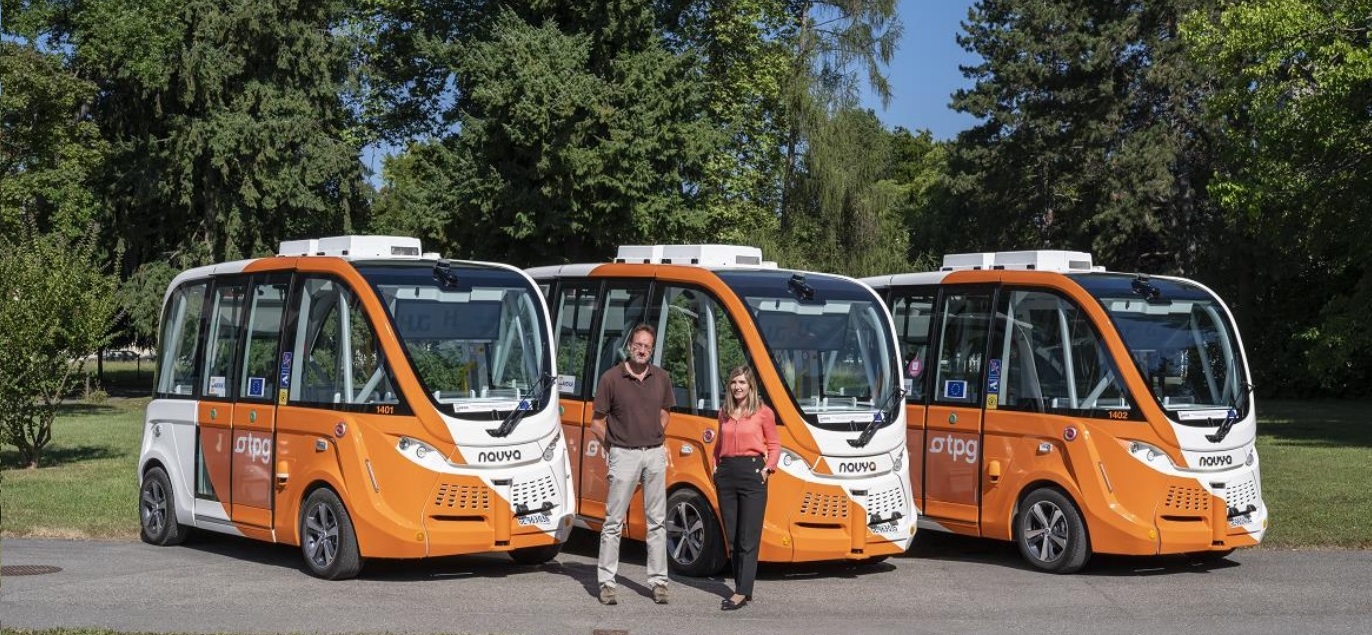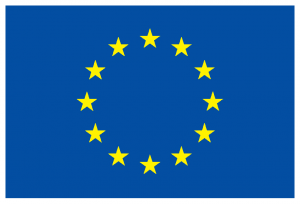In the light of the AVENUE project results and the validated potentials of the Autonomous Minibus (AM) technology, the AVENUE teams advocate that all efforts should be mobilized by the potential AM service’s private and public stakeholders to promote the generalization of the AM model as soon as possible (financial, logistical and legislative changes). We have also identified the ways to encourage this expansion, the obstacles that may arise and how to solve them.
What matters to potential users is their individual benefit, thus, to arouse their interest, to stimulate social acceptance and to success, the AM model must above all respond to the users’ needs.
AVENUE teams already acquired an extensive experience in AM services; it will therefore be wise for policy makers in cities, regions, PT Operators and any interested stakeholder that wishes to implement AM services to follow the AVENUE project prescriptions.
Why AMs services should be generalized as soon as possible?
- For the life-changing benefits they will bring to European residents on a daily basis!
- The Autonomous Minibus (AM) model is economically viable.
- We validated the social and environmental potential of the model.
- AM technology is now close to be mature enough to guarantee a reliable Door-to-door/On demand service.
- The population has a great acceptance of AMs and is not afraid of them. People feel ready to use this technology!
- The AM model fits into the EU new digital strategy where “smart digitalisation presents great opportunities for future-proof mobility” and it is expected that “integrated multimodal transport ecosystems” will realize these opportunities.
- The AM services advent will also respond to key EU objectives in terms of environmental friendliness and inclusiveness like those set out within the Sustainable Urban Mobility Plan (SUMP) or the European Pillar of Social Rights (EPSR). Indeed, these services improve the social inclusion and daily-lives of people with disabilities, especially the elderly ones but also of those from areas poorly served by current PTs.
Our recommendations:
On demand and Door-to-door services implementation is crucial
The benefits of the Door-to-door and On demand services are striking and will definitely revolutionize the population’s daily lives. All the AVENUE teams surveys have shown that these services are one of the most insistent demands of the population. We also concluded that On demand/Door-to-door best meet people’s needs and makes all the interest of the Autonomous Minibus technology in their eyes.
For all these reasons, these services must be democratized as soon as possible and must be included in future AM deployments.
The AM model should be customer-oriented
- The population’s needs must be met to assure the public acceptance and the success of the Automated Minibus (AM) model; the proposed services must therefore be citizen oriented.
- The population’s needs are mainly linked to the flexibility and efficiency of traveling and AMs respond perfectly to this request through the On demand/Door-to-door service that they are able to offer in exclusivity (see previous recommendation).
- To fulfill the users’ needs and sustain a high goodwill and acceptance of the AMs, the operational design and deployment of the services are crucial.
More information on the social impact public deliverables.
AMs should be integrated within the Public Transit system
Automated Minibuses (AM) should be integrated within the conventional public transit system or a Mobility as a service (MaaS) ecosystem as this addresses the users’ needs and has major impacts on the social acceptance and willingness to use.
Increasing the operation speed
It is necessary to increase the Automated Minibuses velocity for the model to perform well and to meet real life requirements. This is also requested by the passengers according to our surveys.
Communication campaign deployment
There is a potential to use well-targeted communication campaigns to improve the Automated Minibuses image.
More information on the social impact assessment public deliverable.
Renouncing to the safety drivers
- It is needed to renounce to the onboard safety drivers presence so that the model can be economically viable and can take off.
- The safety drivers are not predominantly requested by the passengers anymore.
- Pending forthcoming changes, the legal situation requires the presence of the safety drivers in almost all jurisdictions.
Consulting the AVENUE results/ the EASI-AV© tool
- The EASI-AV© tool should be used prior to the implementation of any autonomous public transit system.
- The AVENUE work should be consulted before any future Autonomous Minibus deployment since the environmental, social and economical impact assessments give some insights into the ideal scenario for deployment.
Supporting the needed climate performances improvements
- Better climate change performances are needed to improve the Automated Minibus attractiveness as an eco-friendly transport means.
- Many improvements are possible: our near future case scenarios have a five-time lower environmental impacts than our current demonstrators, and our ideal case one up to ten-time lower ones. Every effort should be made to support the needed improvements we have identified.
- To improve the performance of the climate change indicator the most effective short-term solution is to increase AMs total mileage and average occupancy.
- All means must be deployed to promote the technical developments that could extend AMs lifetime/mileage and lead to a better energy use.
AM should be adopted by PT stakeholders to improve their environmental image
Automated Minibuses have positive environmental impacts; the stakeholders can then reduce their impact, proving their environmental credentials and responding to their customers’ demands to limit their own footprints.
Proposing individualized offers / customized services / special services
- Proposing some attractive individualized offers included in multiplatform ticket offers.
- Integrating customized mobility services (route planning, forms of payment, infotainment features, integrated customer service, etc.).
- Adding special services for people with disabilities, a follow my kids’ option, etc.




